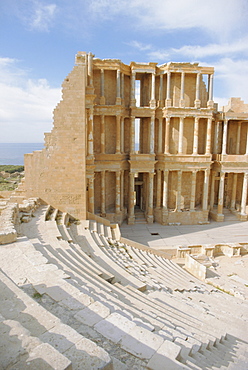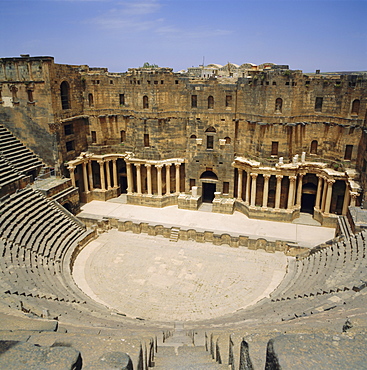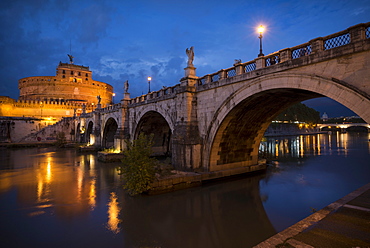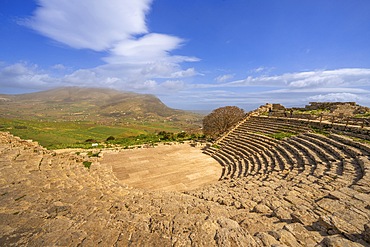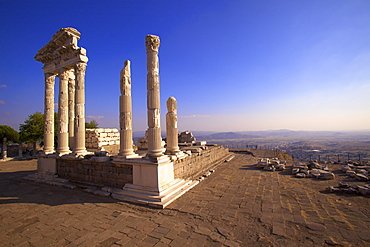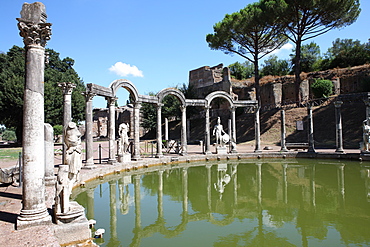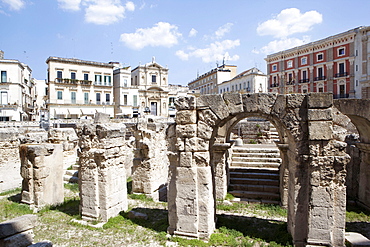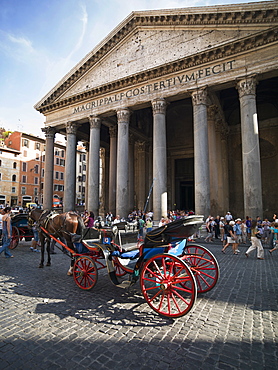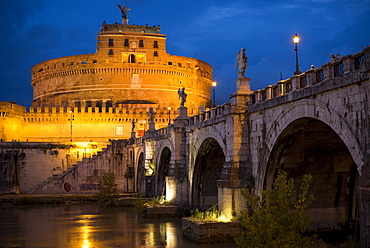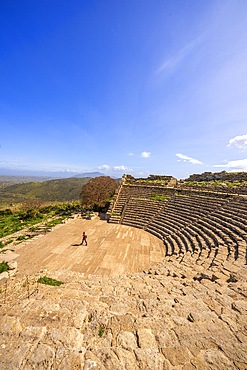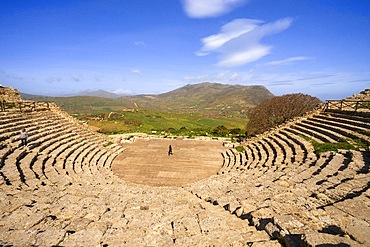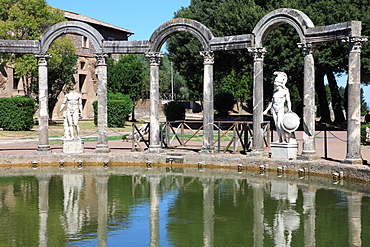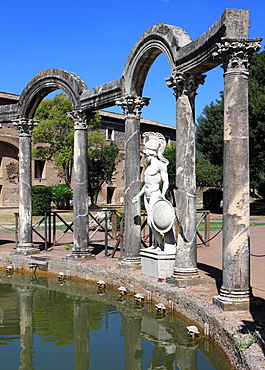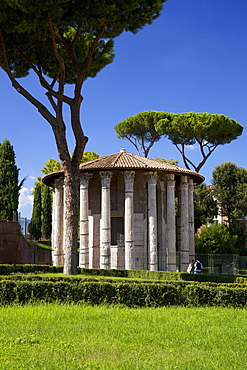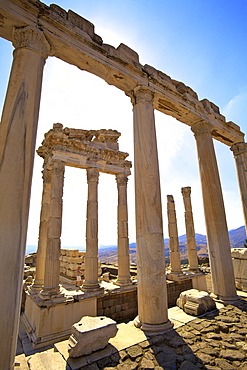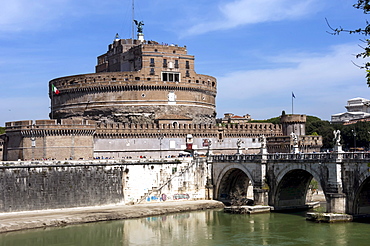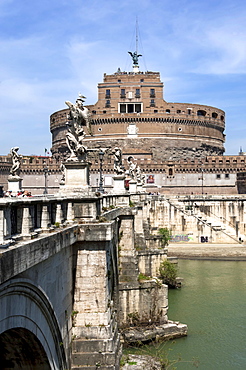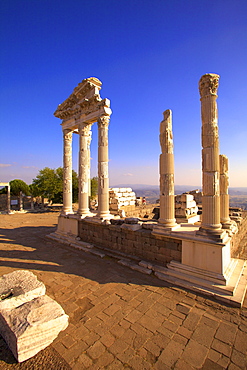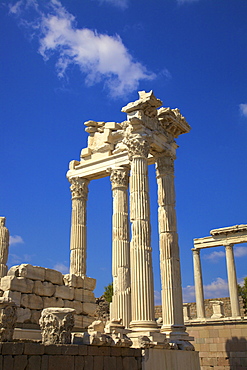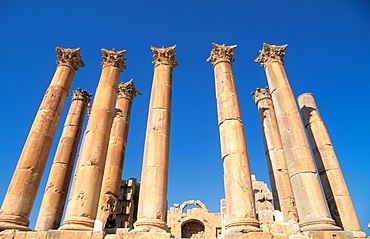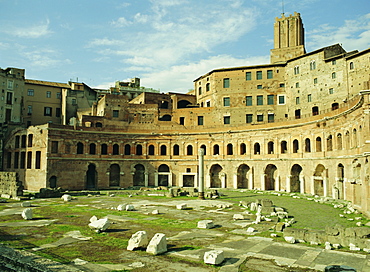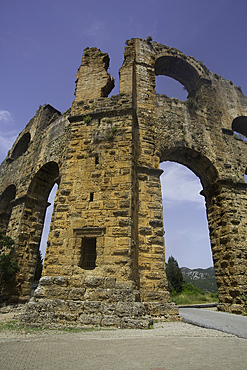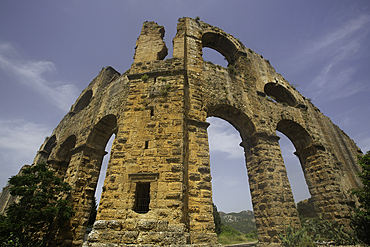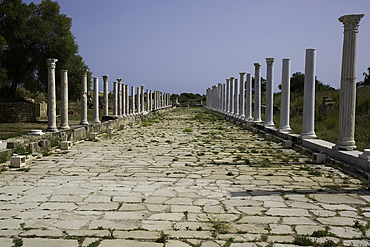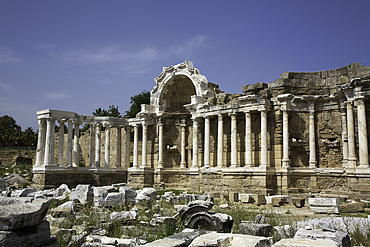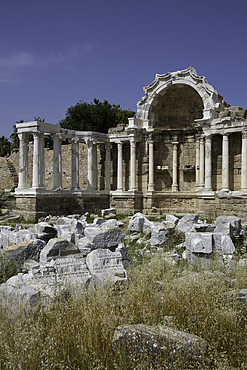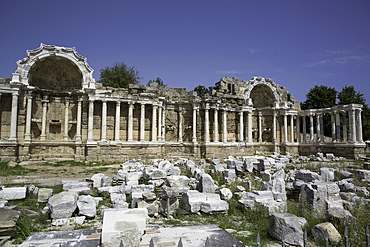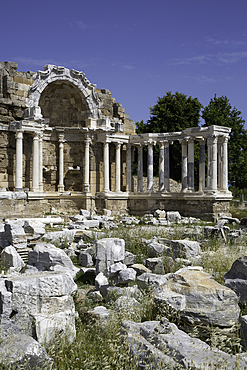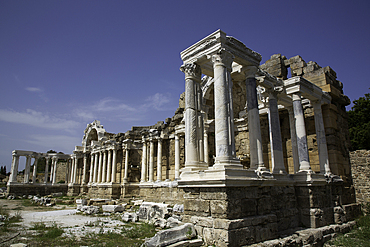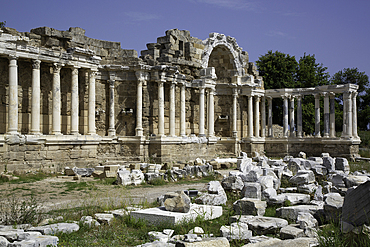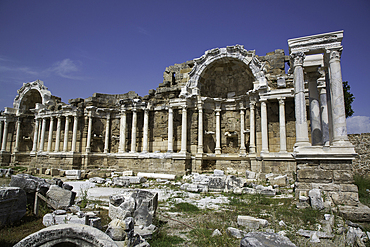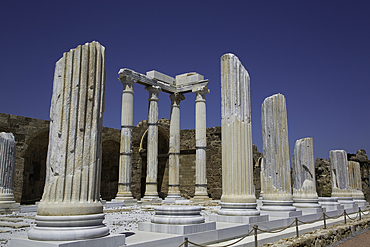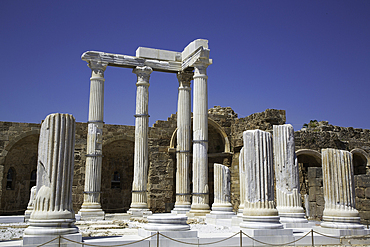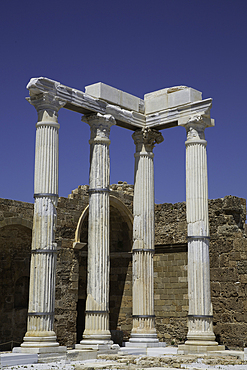Results
1 2 Next »
146 results found
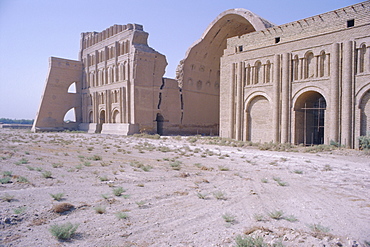
Ctesiphon (Al-Mada'in), the city dates from the 2nd century BC, 20 mile south of Baghdad, Iraq, Middle East
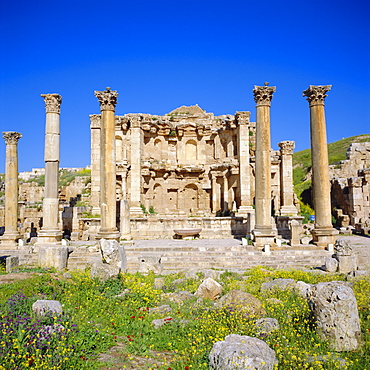
Nymphaeum (public fountain), 2nd century AD, of the Roman Decapolis city, Jerash, Jordan, Middle East
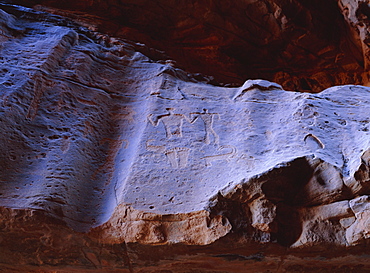
Rock drawings of Thamudic origin, relating to ancient tribe of Thamud, 3rd century BC to 2nd century AD, in canyon of Jebel Khazali, south of Rum village, Wadi Rum, Jordan
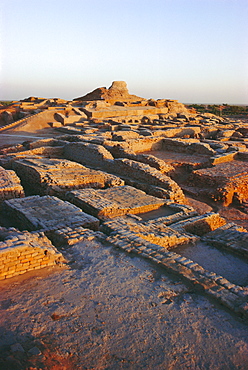
The Citadel with Buddhist Stupa 2nd century AD, Mohenjodaro, Indus Valley Civilization 3rd-2nd centuries BC, Pakistan
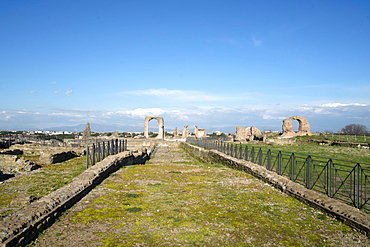
The main view of the Quintili's villa built in the 2nd century BC on the Appian Way, Rome, Lazio, Italy, Europe
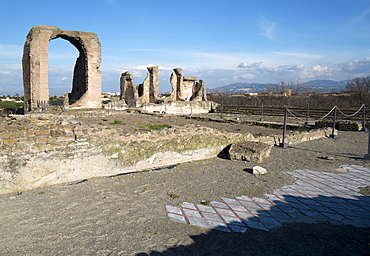
View of the grand Atrium of the Quintili's villa, built in the 2nd century BC on the Appian Way, Rome, Lazio, Italy, Europe
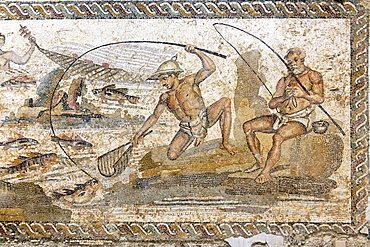
Roman mosaic dating from the 2nd century AD, from the Villa of the Nile at Leptis Magna, Jamahiriya Museum, Tripoli, Libya, North Africa, Africa
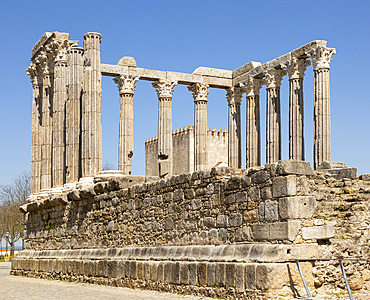
Templo Romano (Roman temple) (Temple of Diana), ruins dating from 2nd or 3rd century, possibly dedicated to Julius Caesar, with 14 Corinthian columns capped with Estramoz marble, Evora, UNSCO World Heritage Site, Alto Alentejo, Portugal, Europe
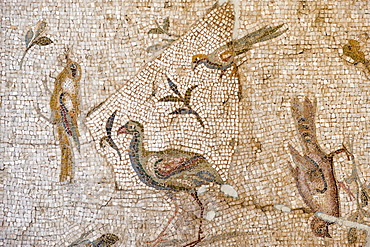
Mosaic of birds and flowers from Daphne (Harbiye), 2nd century AD, Hatay Archaeology Museum, Antioch, Hatay province, Southwest Turkey, Anatolia, Turkey, Asia Minor, Eurasia
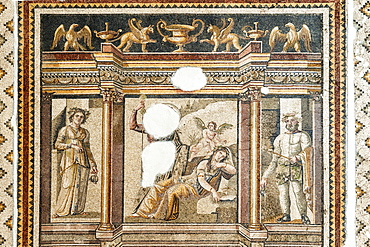
Mosaic of the abandoned Ariadne, 2nd to 3rd century AD, Hatay Archaeology Museum, Antioch, Hatay province, Southwest Turkey, Anatolia, Turkey, Asia Minor, Eurasia

Monument of Agonothetes (Bouleuterion), Roman 2nd century AD, Apollonia Archaeological Park, Pojan, Albania, Europe
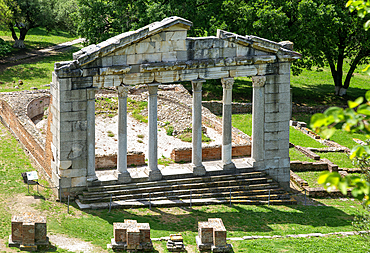
Monument of Agonothetes (Bouleuterion), Roman 2nd century AD, Apollonia Archaeological Park, Pojan, Albania, Europe
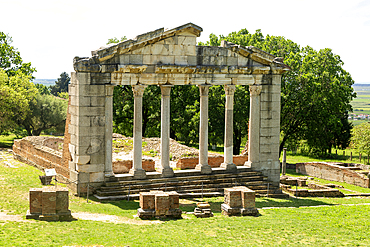
Monument of Agonothetes (Bouleuterion), Roman 2nd century AD, Apollonia Archaeological Park, Pojan, Albania, Europe
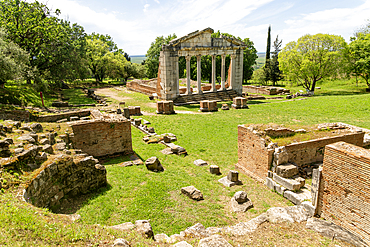
Monument of Agonothetes (Bouleuterion), Roman 2nd century AD, Apollonia Archaeological Park, Pojan, Albania, Europe
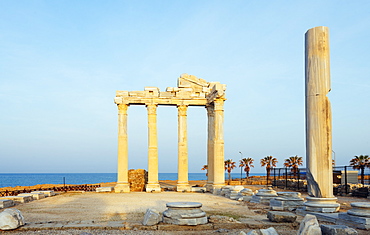
The second century Temple of Apollo and Athena, Side, Lycia, Turquoise Coast, Mediterranean Region, Anatolia, Turkey, Asia Minor, Eurasia
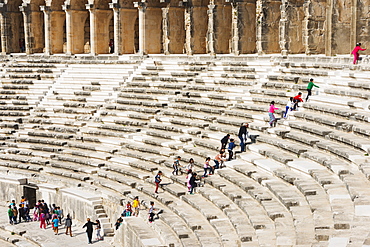
The second century Roman theatre, built by Emperor Marcus Aurelius, Aspendos, Pamphylia, Anatolia, Turkey, Asia, Eurasia
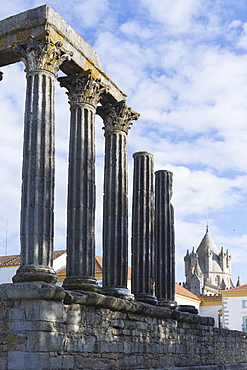
The Roman Temple of Diana and the tower of Evora Cathedral, historic centre, Evora, UNESCO World Heritage Site, Alentejo, Portugal, Europe
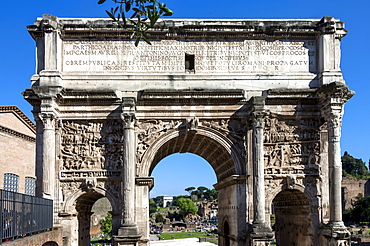
Arch of Septimus Severus, Ancient Roman Forum, UNESCO World Heritage Site, Rome, Lazio, Italy, Europe
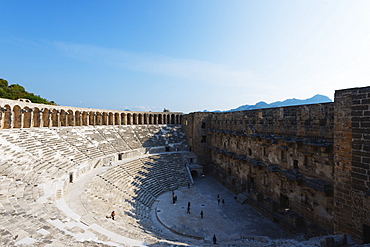
The second century Roman theatre, built by Emperor Marcus Aurelius, Aspendos, Pamphylia, Anatolia, Turkey, Asia, Eurasia
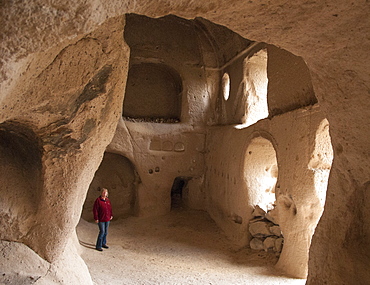
Direkli Church, AD1000, Belisirma, Ihlara, western Cappadocia, Anatolia, Turkey, Asia Minor, Eurasia
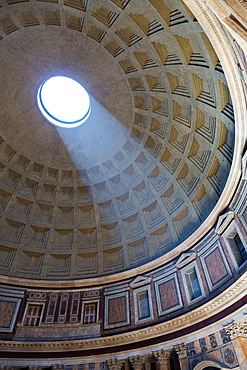
A shaft of light through the dome of the Pantheon, UNESCO World Heritage Site, Rome, Lazio, Italy, Europe

Marble Sarcphagus of Domitas Lulianus and Domita Philiska, 2nd Century AD, Found in Perge, Antalya Archaeological Museum, Antalya, Turkey
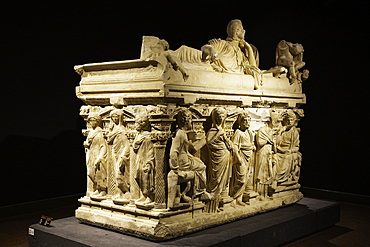
Marble Sarcphagus of Domitas Lulianus and Domita Philiska, 2nd Century AD, Found in Perge, Antalya Archaeological Museum, Antalya, Turkey
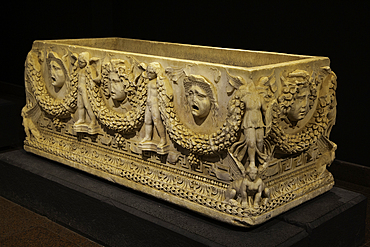
Garland Marble Sarcophagus, 2nd Century AD, Found in Perge, Antalya Archaeological Museum, Antalya, Turkey
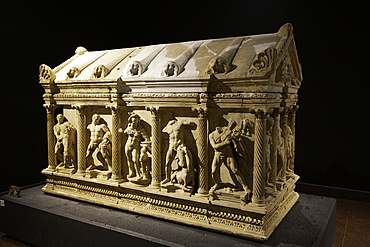
Heracles Marble Sarcophogus, 2nd Century AD, Found in Perge, Antalya Archaeological Museum, Antalya, Turkey
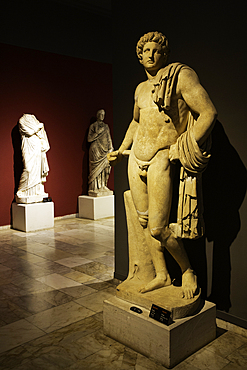
Marble Statue of Apollo, 2nd Century AD, Found in Perge, Antalya Archaeological Museum, Antalya, Turkey
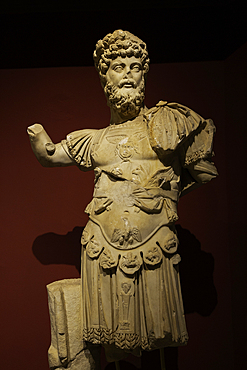
Marble Statue of Emporer Septimus Severus, 2nd Century AD, found in Perge, Antalya Archaeological Museum, Antalya, Turkey
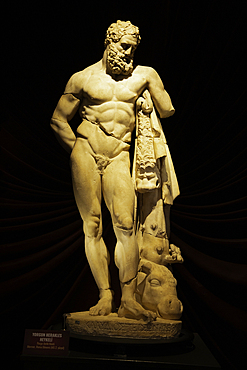
Marbel Statue of Emporer Hadrian, 2nd Century AD, Found in Perge, Antalya Archaeological Museum, Antalya, Turkey
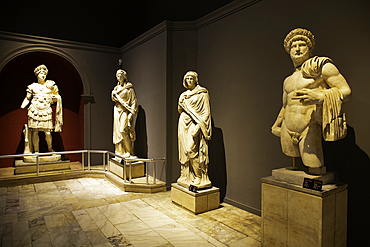
Marble Statue of Emporer Hadrian (far left and far right), 2nd Century AD, Found in Perge, Antalya Archaeological Museum, Antalya, Turkey
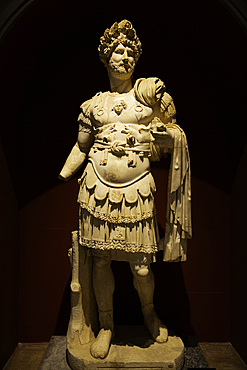
Marble Statue of Emporer Hadrian, 2nd Century AD, Found in Perge, Antalya Archaeological Museum, Antalya, Turkey
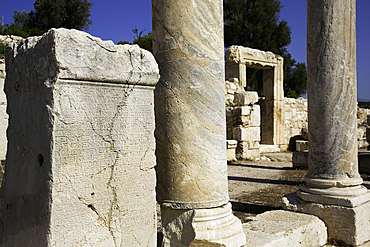
Inscriptions, Marble Columns, Harbor Street, 2nd Century BC, Patara Ancient City (origins back to 5,500 BC), Patara National Park, Antalya, Turkey
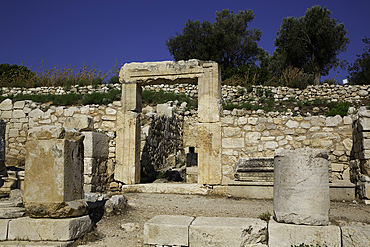
Shop Entrance, Harbor Street, 2nd Century BC, Patara Ancient City (origins back to 5,500 BC), Patara National Park, Antalya, Turkey
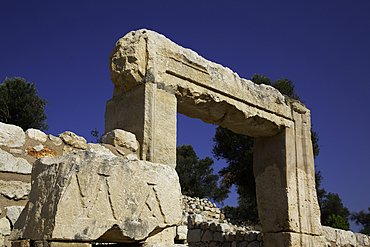
Stone Carved Letters at Shop Entrance, Harbor Street, 2nd Century BC, Patara Ancient City (origins back to 5,500 BC), Patara National Park, Antalya, Turkey
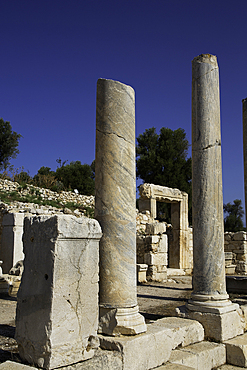
Inscription, Marble Columns, Harbor Street, 2nd Century BC, Patara Ancient City (origins back to 5,500 BC), Patara National Park, Antalya, Turkey
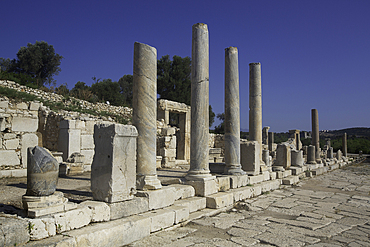
Marble Columns, Shop Entrance (background), Harbor Street, 2nd Century BC, Patara Ancient City (origins back to 5,500 BC), Patara National Park, Antalya, Turkey
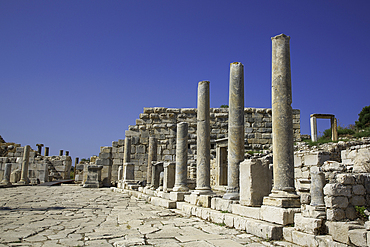
Marble Columns, Harbor Street, 2nd Century BC, Patara Ancient City (origins back to 5,500 BC), Patara National Park, Antalya, Turkey
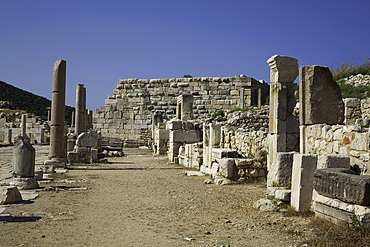
Marble Columns, Shop Entrances (left), Harbor Street, 2nd Century BC, Patara Ancient City (origins back to 5,500 BC), Patara National Park, Antalya, Turkey
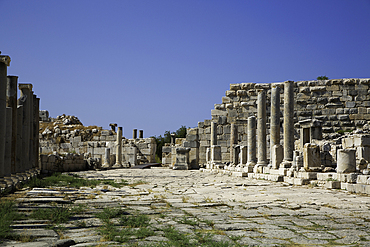
Harbor Street, 2nd Century BC, Patara Ancient City (origins back to 5,500 BC), Patara National Park, Antalya, Turkey
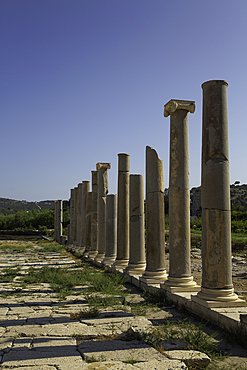
Granite Columns, Harbor Street, 2nd Century BC, Patara Ancient City (origins back to 5,500 BC), Patara National Park, Antalya, Turkey
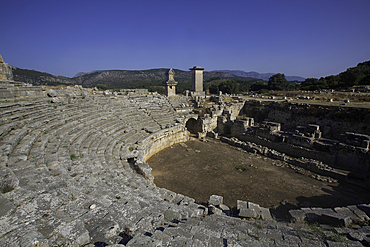
Roman Theater, 2nd Century BC, Xanthos Archaeological Site, Originally Founded 8th Century BC, UNESCO World Heritage Site, Near Kalkan, Antalya, Turkey
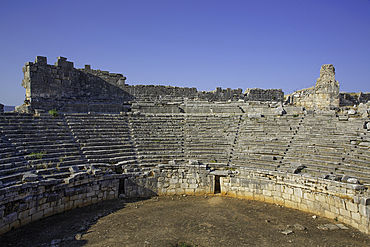
Roman Theater, 2nd Century BC, Xanthos Archaeological Site, Originally Founded 8th Century BC, UNESCO World Heritage Site, Near Kalkan, Antalya, Turkey

Roman Theater, 2nd Century BC, Xanthos Archaeological Site, Originally Founded 8th Century BC, UNESCO World Heritage Site, Near Kalkan, Antalya, Turkey
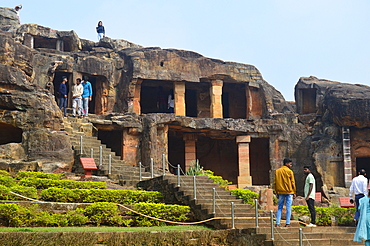
Udayagiri and Khandagiri caves located in the outskirt of Bhubaneswar capital of,Odisha these caves were made around 1st and 2nd century BC.King Kharavela of Kalinga dynasty built these caves for Jain monks to provide them a place to rest and meditate.
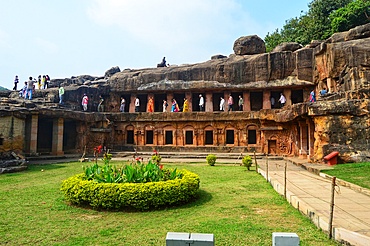
Udayagiri and Khandagiri caves located in the outskirt of Bhubaneswar capital of,Odisha these caves were made around 1st and 2nd century BC.King Kharavela of Kalinga dynasty built these caves for Jain monks to provide them a place to rest and meditate.
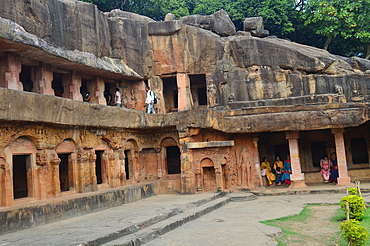
Udayagiri and Khandagiri caves located in the outskirt of Bhubaneswar capital of,Odisha these caves were made around 1st and 2nd century BC.King Kharavela of Kalinga dynasty built these caves for Jain monks to provide them a place to rest and meditate.
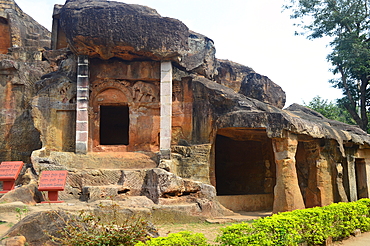
Udayagiri and Khandagiri caves located in the outskirt of Bhubaneswar capital of,Odisha these caves were made around 1st and 2nd century BC.King Kharavela of Kalinga dynasty built these caves for Jain monks to provide them a place to rest and meditate.
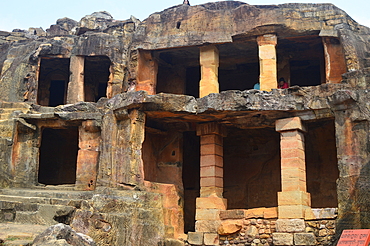
Alkapuri Gumpha Cave No 4 at Udayagiri and Khandagiri located in the outskirt of Bhubaneswar capital of Odisha these caves were built around 1st and 2nd century BC during the reign of King Kharavela of Kalinga dynasty for the abode of Jain ascetics.
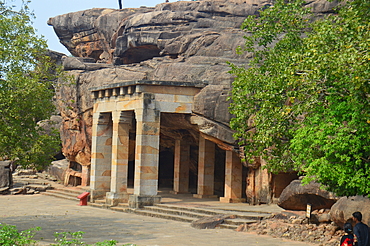
Hathi Gumpha Cave No 14 at Udayagiri and Khandagiri hills located in the outskirt of Bhubaneswar capital of Odisha these caves were built around 1st and 2nd century BC during the reign of King Kharavela of Kalinga dynasty for the abode of Jain ascetics.
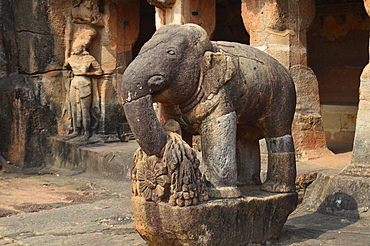
Elephant Statue at Ganesha Gumpha in Udayagiri and hills located in the outskirt of Bhubaneswar capital of Odisha these caves were built around 1st and 2nd century BC during the reign of King Kharavela of Kalinga dynasty for the abode of Jain ascetics.
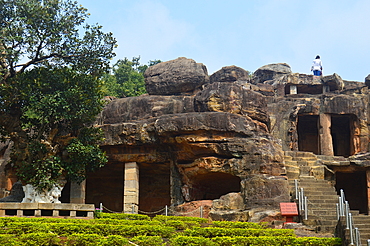
Jai Vijay Gumpha Cave No 5 at Udayagiri and Khandagiri hills located in the outskirt of Bhubaneswar capital of Odisha these caves were built around 1st and 2nd century BC during the reign of King Kharavela of Kalinga dynasty for the abode of Jain ascetics
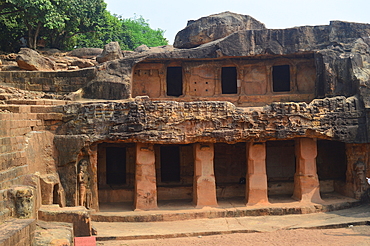
Mancapuri and Swargapuri Gumpha Cave No 9 at Udayagiri hills located in the outskirt of Bhubaneswar capital of Odisha these caves were built around 1st and 2nd century BC during the reign of King Kharavela of Kalinga dynasty for the abode of Jain ascetic
